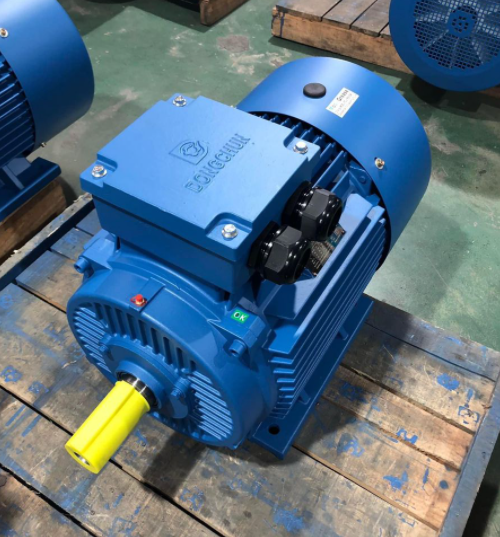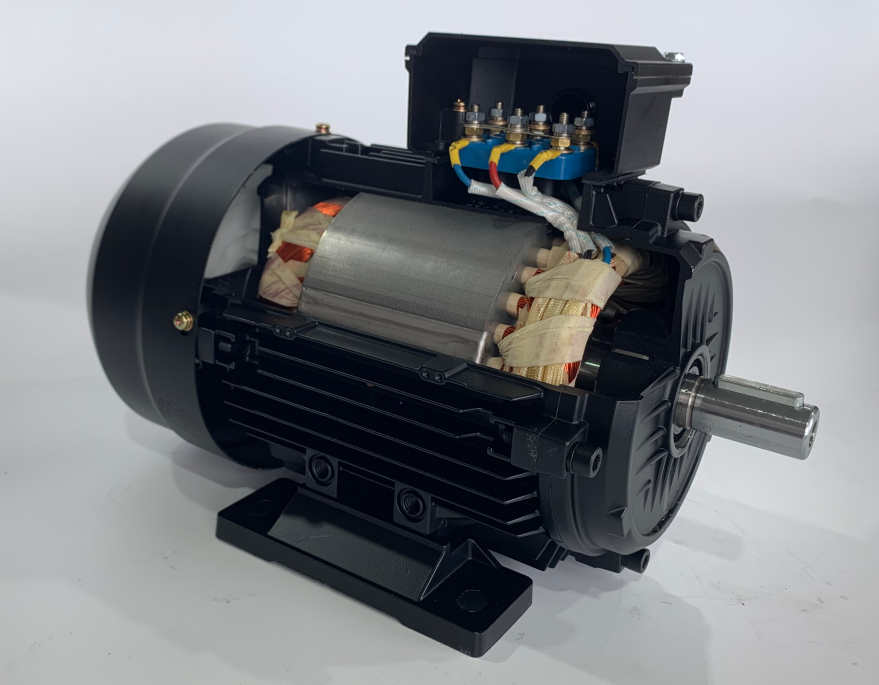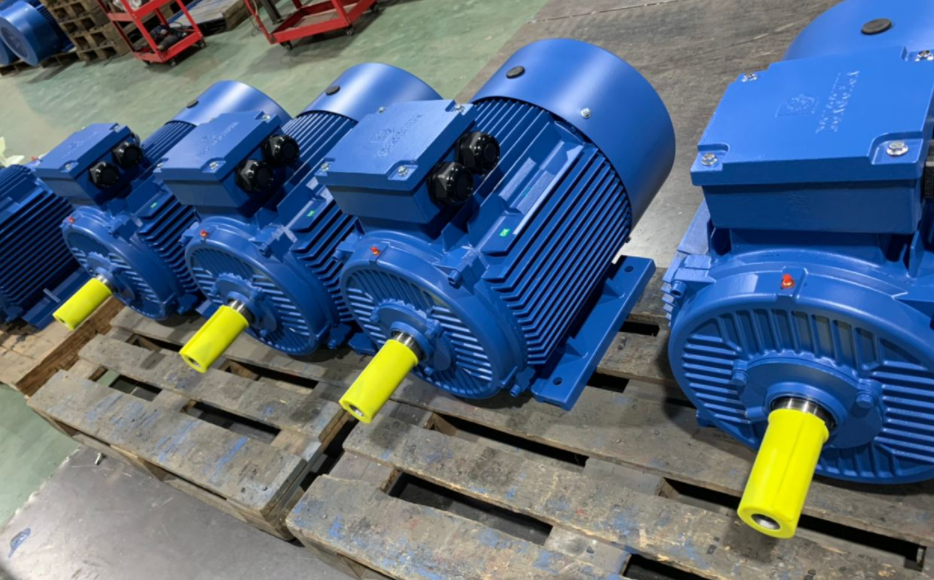Stall é um estado de rotor estático em relação ao estator que pode ser encontrado durante o teste ou operação do motor elétrico.
No processo de teste do motor elétrico, através da corrente do rotor de bloqueio do rotor e perdas sob diferentes condições de tensão, para determinar e avaliar alguns parâmetros de desempenho do motor.
É um tipo de processo de operação artificial; e no processo de operação do motor, quando a sobrecarga do motor, sob tensão e outros problemas, também pode ocorrer quando a velocidade do motor elétrico é lenta ou até mesmo parar de girar o fenômeno, que é o processo de operação do motor elétrico é mais um tipo de falha de operação.

Porém, qualquer fator que cause bloqueio do rotor, o resultado final é um aumento do penhasco na corrente do motor elétrico e os enrolamentos do motor elétrico podem estar em risco de ser instantaneamente queimado.
A natureza da rotação do rotor do motor elétrico é devida à força contra-eletromotiva gerada pela seção do rotor no circuito fechado; Em alguns motores (como motores de rotor de ferida com tensão de circuito aberto), a força contra-eletromotiva pode ser medida diretamente, enquanto em outros a força contra-eletromotiva do rotor do motor só pode ser calculada indiretamente.
No momento em que o motor elétrico é iniciado, também é o estado relativamente estático do rotor após a tensão ter sido aplicada ao motor elétrico; A corrente nesse estado é maior e, à medida que a velocidade do motor elétrico aumenta, a corrente diminuirá gradualmente.

Vamos analisar as características da mudança atual no processo de iniciar o motor elétrico.
The moment the electric motor is energised, the rotor is almost motionless and the current is at its maximum, producing a "reverse electromotive force" in the rotor, which is opposite to the voltage loaded on the stator part and plays a role in restraining the current.
A princípio, a força eletromotiva reversa é muito pequena, a corrente é muito alta, o torque rotativo do motor elétrico também é maior e a velocidade aumenta gradualmente; À medida que a velocidade aumenta, a força eletromotiva reversa também aumenta, a corrente do motor também diminui.
Quando o torque dinâmico e o torque de resistência atingirem um equilíbrio, o motor elétrico entra em uma operação de velocidade relativamente constante.

A partir disso, podemos resumir os seguintes pontos.
Seja um motor CC ou um motor CA, o rotor gerará uma força eletromotiva reversa quando ele girar.
- Quanto maior a velocidade, maior a força eletromotiva reversa, mais ela tende à tensão de entrada, essa tensão e a tensão de entrada quase cancelam, para que a corrente de não carga seja muito pequena.
- Ao carregar a carga, a velocidade se torna mais lenta, a força eletromotiva reversa se torna menor, a corrente de carga se torna maior;
- Quando bloqueado, a força eletromotiva reversa é zero, neste momento a corrente de carga é máxima
Se você quiser obter mais informações sobre o motor elétrico,
Por favor, por favor, entre em contato com Dongchun Motor China,
Dongchun motor é um profissional fabricantede motores elétricos por mais de 15 anos de experiência emChina.

Por favor, verifique os produtos da seguinte forma
motor monofásico: YC, YCL com corpo em ferro fundido e ML, motor MY com corpo em alumínio
Motor trifásico : Motor IE1, IE2, IE3 para corpo de ferro fundido e corpo de alumínio
motor freio: Motor com freio DC e motor com freio AC
motocicleta VFDr : motores de acionamento de frequência variável.
Obtenha um orçamento gratuito da Dongchun motor








